Extension cords and power strips are two commonly used electrical accessories that are often used interchangeably. However, there are important differences between the two that you should be aware of, especially when it comes to safety. One common question that many people have is whether it's safe to plug an extension cord into a power strip. In this blog post, we'll explore this question and provide some tips to help you use these accessories safely.
What's the Difference Between an Extension Cord and a Power Strip?
Before we dive into whether it's safe to plug an extension cord into a power strip, let's first define what each of these accessories is and how they differ from each other.
An extension cord is a long, flexible cable that's designed to provide power to devices that are located far away from a power outlet. Extension cords come in different lengths and thicknesses, and they usually have one or more outlets on the end that allows you to plug in multiple devices.
A power strip, on the other hand, is a device that has multiple outlets that are designed to be used simultaneously. Power strips are typically shorter than extension cords and are designed to be used in a stationary location, such as on a desk or near an entertainment center.
Can You Plug an Extension Cord into a Power Strip?
The short answer is no, you should not plug an extension cord into a power strip. Here's why:
-
Overloading: Plugging too many devices into a power strip or extension cord can overload the circuit, which can cause a fire. Power strips are designed to handle a certain amount of power, and plugging in too many devices can exceed that limit. This is especially dangerous when you're using extension cords because they're typically not designed to handle as much power as a power strip.
-
Overheating: When you overload a power strip or extension cord, the devices can overheat, which can also cause a fire. Extension cords, in particular, are more prone to overheating because they're typically thinner than power strips.
-
Physical stress: When you plug an extension cord into a power strip, you're putting additional stress on the electrical outlet. This can cause the outlet to wear out faster and can even lead to electrical arcing, which can cause a fire.
Tips for Using Extension Cords and Power Strips Safely
While you shouldn't plug an extension cord into a power strip, there are some things you can do to use these accessories safely:
-
Use the right accessory for the job: Extension cords are designed to be used for temporary situations, such as when you need to power a device that's far away from an outlet. Power strips, on the other hand, are designed for stationary use. Make sure you're using the right accessory for the job.
-
Don't overload: As mentioned earlier, overloading a power strip or extension cord can be dangerous. Be mindful of how many devices you're plugging in and make sure you're not exceeding the limit of the accessory.
-
Inspect for damage: Regularly inspect your extension cords and power strips for damage, such as frayed wires or cracks. If you notice any damage, replace the accessory immediately.
-
Keep away from water: Both extension cords and power strips should be kept away from water, as water can conduct electricity and cause electrocution.
Conclusion
While it may be tempting to plug an extension cord into a power strip to power multiple devices, it's not a safe practice. Overloading, overheating, and physical stress can all lead to fires and other hazards. Make sure you're using the right accessory for the

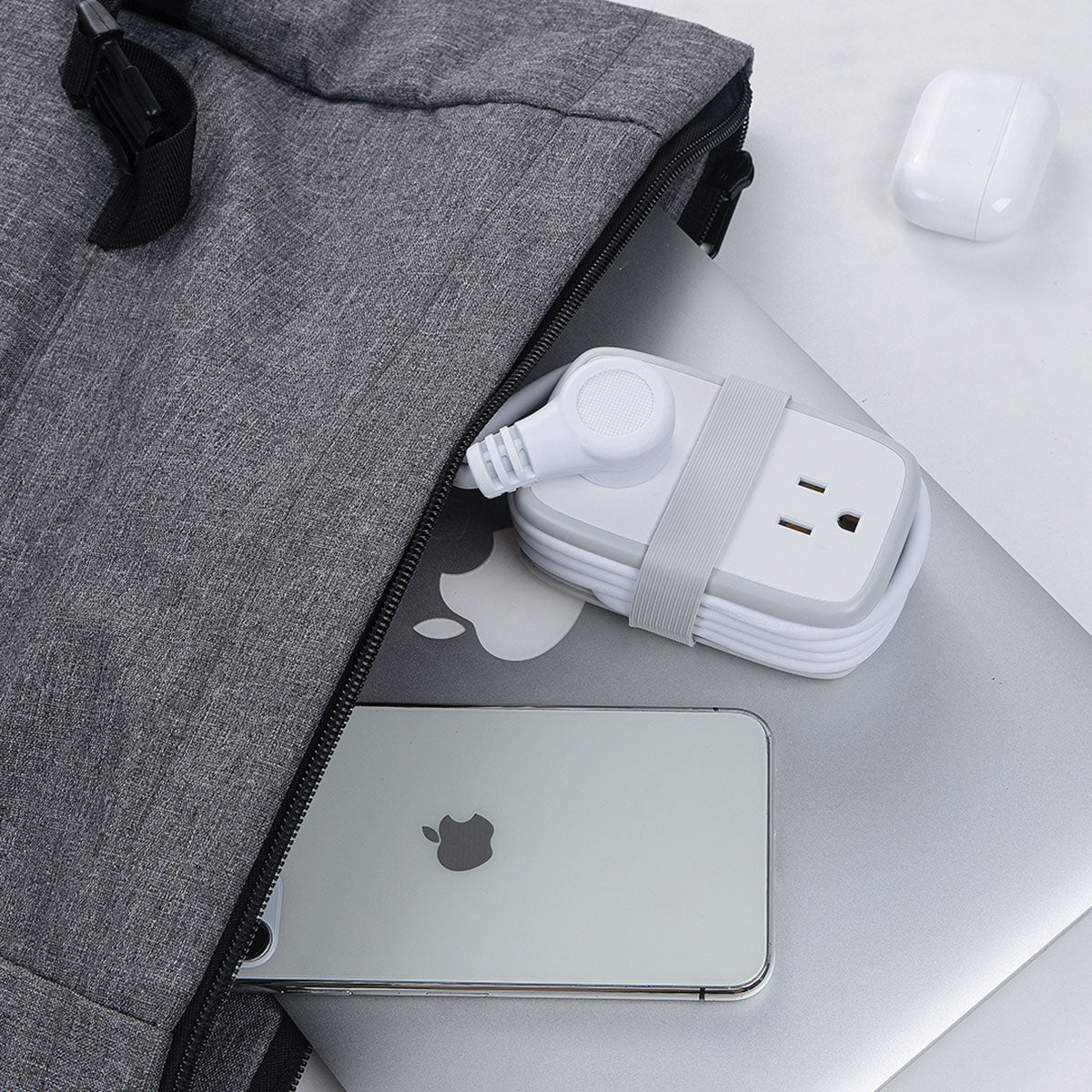
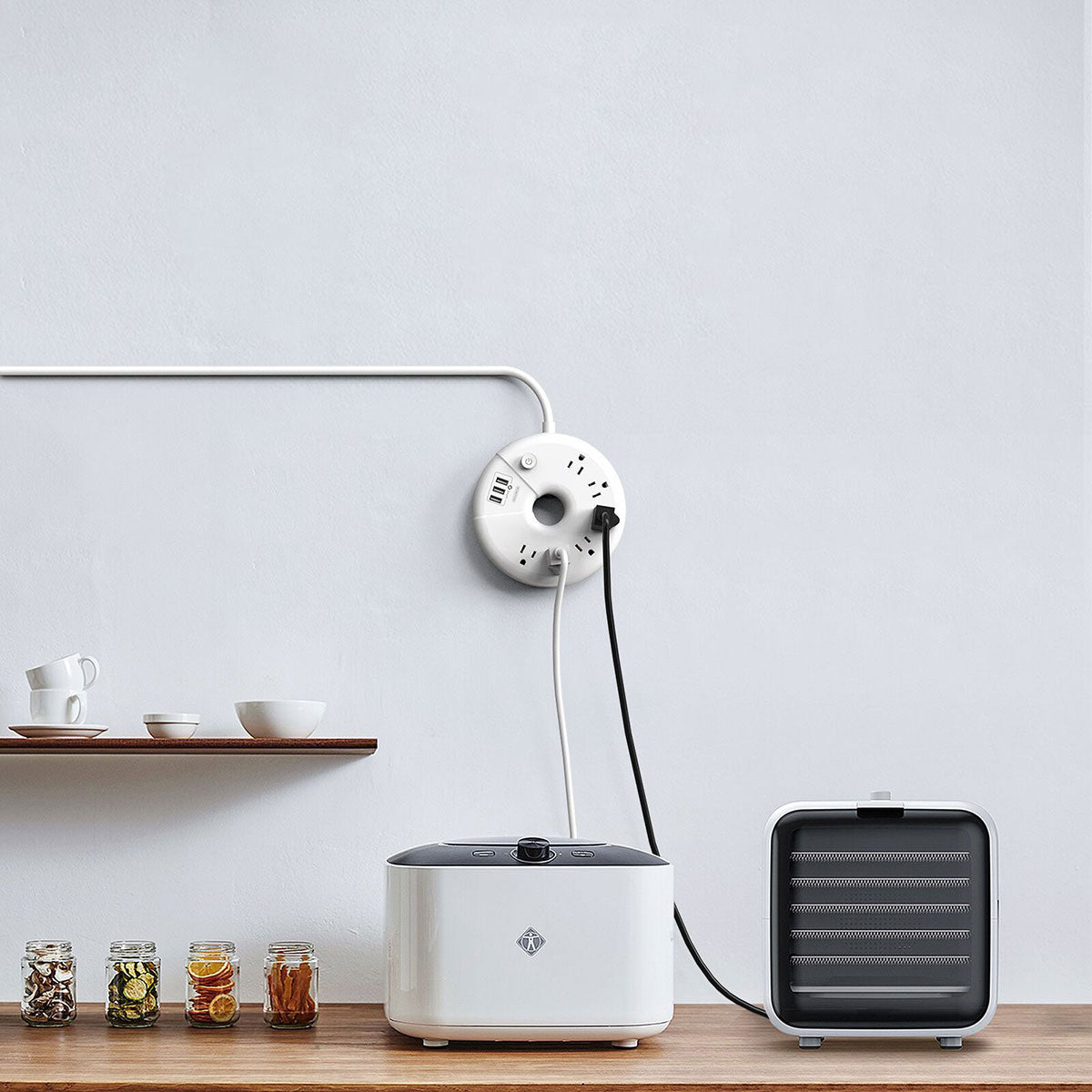
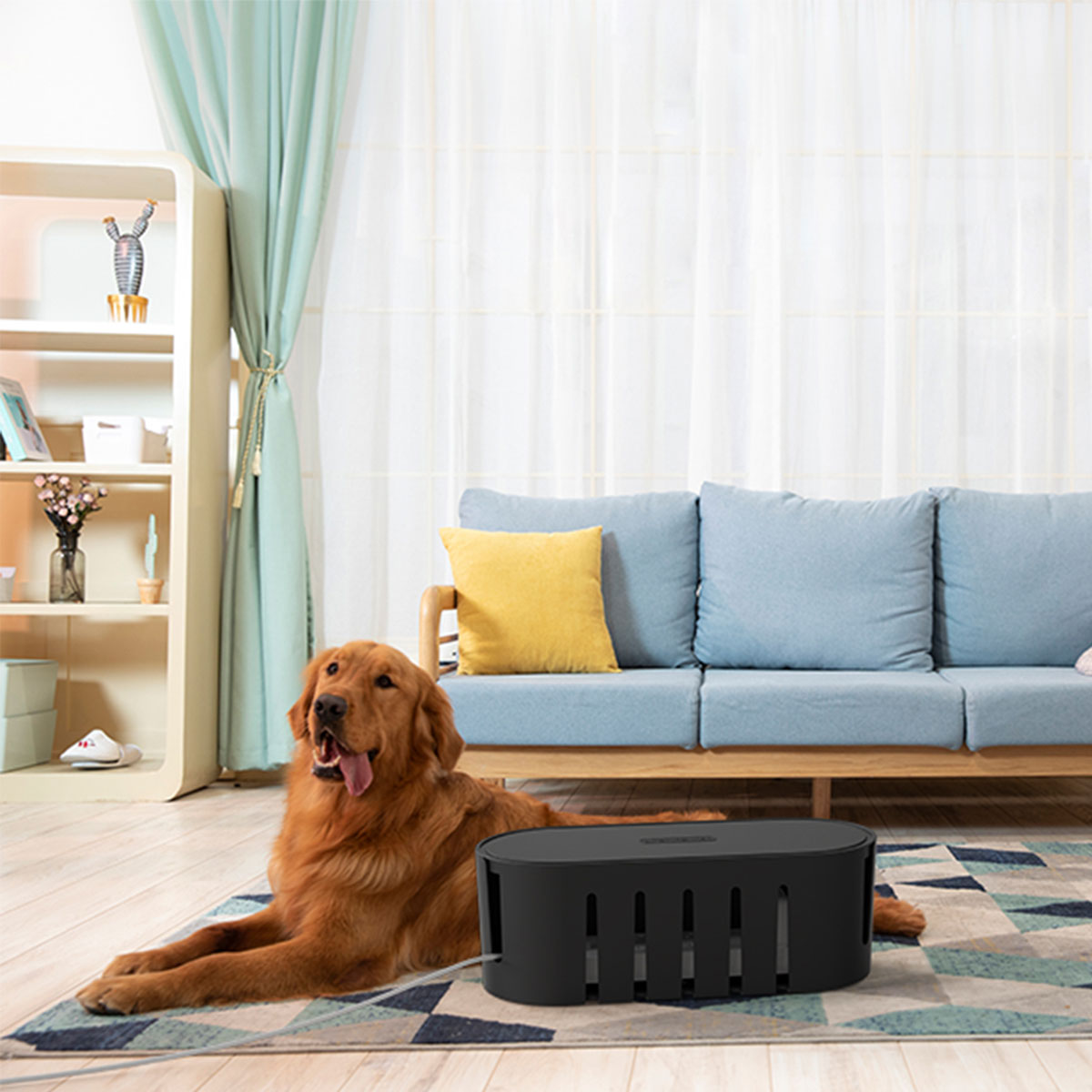

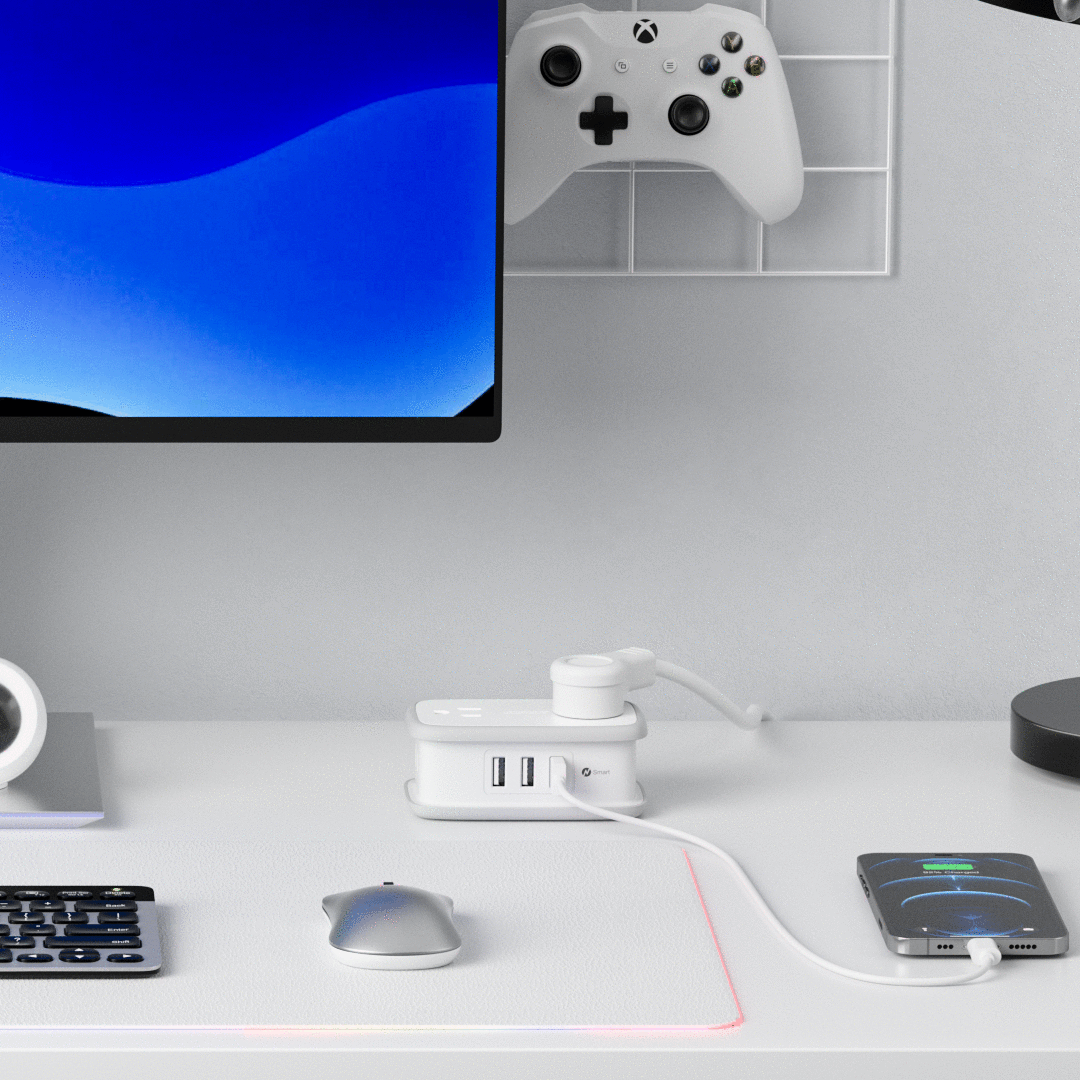
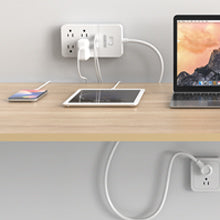
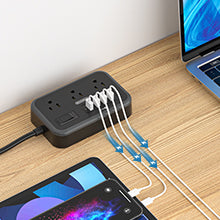
Leave a comment
This site is protected by hCaptcha and the hCaptcha Privacy Policy and Terms of Service apply.